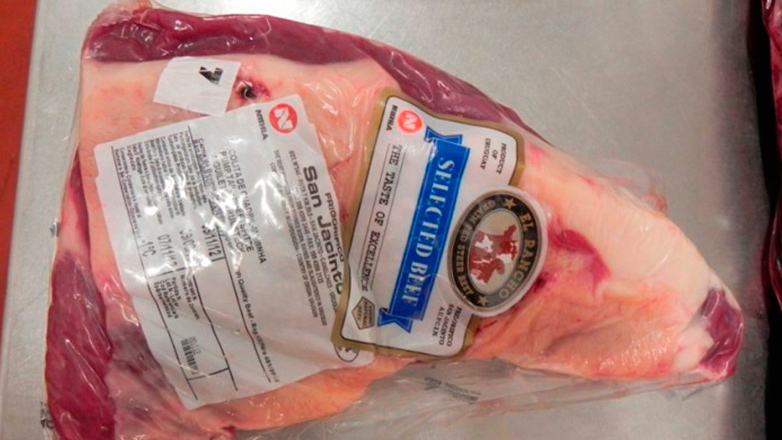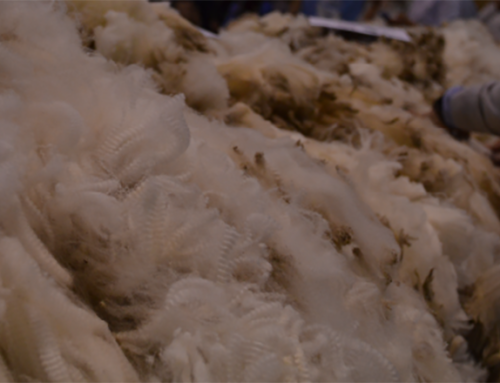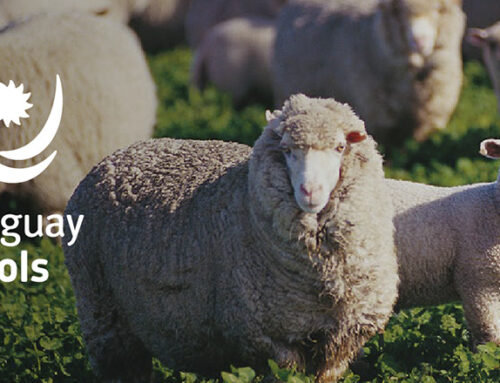The ton of beef exceeded USD 4,000 and global demand is on the rise with USA and Canada taking the lead.
The most prominent feature in beef exports during 2014 was to have exceeded USD 4,000 a ton as annual average, recording an average of USD 4,039 a ton, which indicates an improvement of 7.1% over figures for 2013.
The monthly performance of meat exports from Uruguay for the past year shows that October was the best month in terms of value, reaching an average of USD 4,283 a ton, followed by November with USD 4,261, and September, with USD 4,154. Since August last year, the USD 4,000 mark has been exceeded on a sustained basis, recording an average of USD 4,142 a ton.
In this regard, the question that was raised by the industry was if these prices were sustainable and in response the National Meat Institute (INAC) stated that it was possible because of the global demand for beef, which remains the star of all meats.
In addition, there are many countries that are improving their per-capita income which means an increased demand for better foods, said INAC’s president, Luis Alfredo Fratti. The NAFTA bloc, with USA at the head and Canada displaying a strong presence in terms of purchases, is a market that Uruguay is once again considering a priority when defining business, becoming the main destination (in volume) of Uruguayan beef exports.
In the case of USA, the drop in production increased foreign demand, thereby invigorating market prices. According to Fratti, this also suggests that it is unlikely for meat prices to drop in the international market.
NAFTA became the main destination regarding volume, accounting for 26% of meat sales, namely 361,571 tons, 57,699 tons of which were purchased by USA and 36,746 tons by Canada.
China was the second largest market, purchasing 87,173 tons. It has established more stringent food safety requirements for imported products, something that Uruguay can fulfill and tap. With a system that sets out assurances and a production that is increasingly striving for improvement, everything suggests that the prices achieved by Uruguay are sustainable, expressed INAC’s president.
With regard to business carried out within the slaughterhouse industry, it can be seen that by the end of 2014 exported volumes were higher by 3.6% for chilled beef and 9.8% for processed beef, compared to 2013.
Europe, quality quotas and other destinations
The European Union (EU), which continues to be the market that most values Uruguayan beef, in 2014 accounted for 26% of the foreign currency that entered into the country for such kind of exports. Of a total of USD 1,460 million, the EU purchased an equivalent of USD 378 million. The quotas for the EU, which are met by crop year, during the 2013/2014 period showed the significant business trend. In the case of the 481 Quota, 9,794 tons of shipped weight were placed at an average price of USD 9,084. Cattle slaughtered for that destination accounted for 15% of the domestic slaughter.
Under the traditional Hilton Quota, Uruguay placed 6,531 tons at an average of USD 15,496 a ton. Outside the quota, 20,625 tons were exported to the EU at an average of USD 8,543 a ton. In total, 36,950 tons of shipped weight were sold to that destination at an average of USD 9,916.
The EU purchased 55% of chilled meat exported from Uruguay in 2014, at an average of USD 11,635 a ton and chilled meat at USD 7,638.
Source: El Observador Agropecuario





